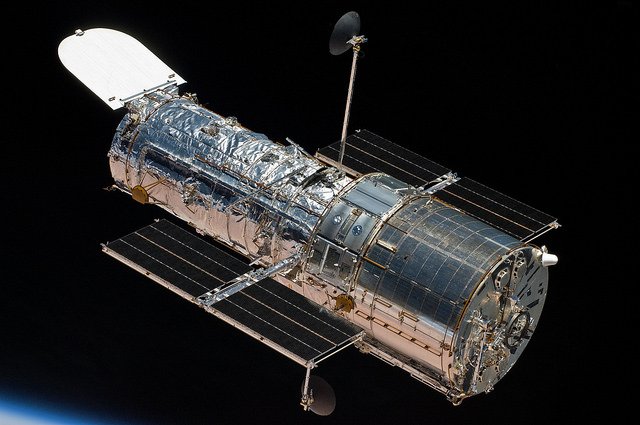
The official X account for the NASA Hubble Space Telescope, managed and operated by NASA's Goddard Space Flight Center.
3 subscribers
How to get URL link on X (Twitter) App




 Size 📏
Size 📏
 💡 Light
💡 Light



 In 2003 and 2004, Hubble captured a million-second-long exposure to create the Hubble Ultra Deep Field image, which contains about 10,000 galaxies! 🤯
In 2003 and 2004, Hubble captured a million-second-long exposure to create the Hubble Ultra Deep Field image, which contains about 10,000 galaxies! 🤯 








